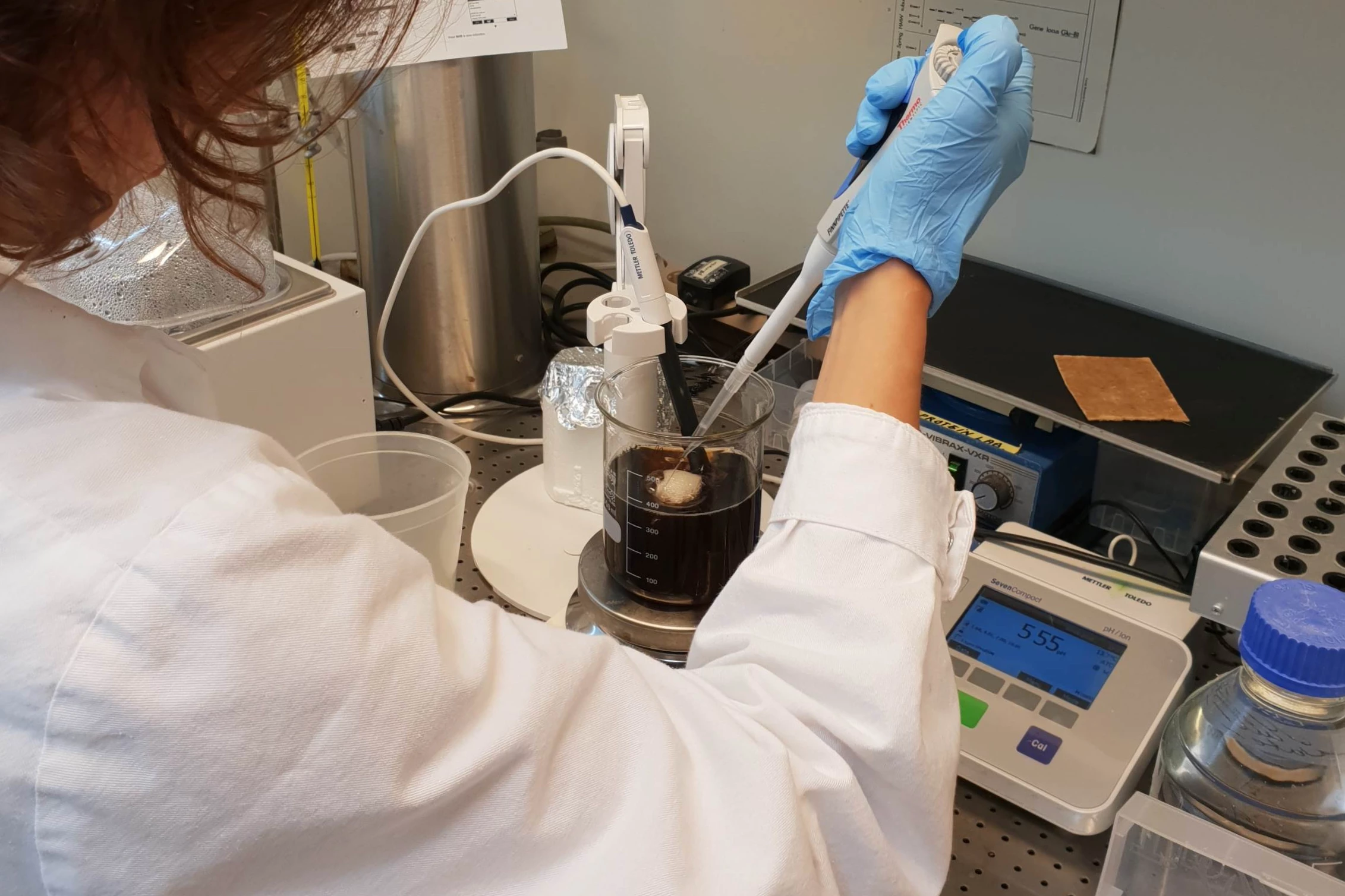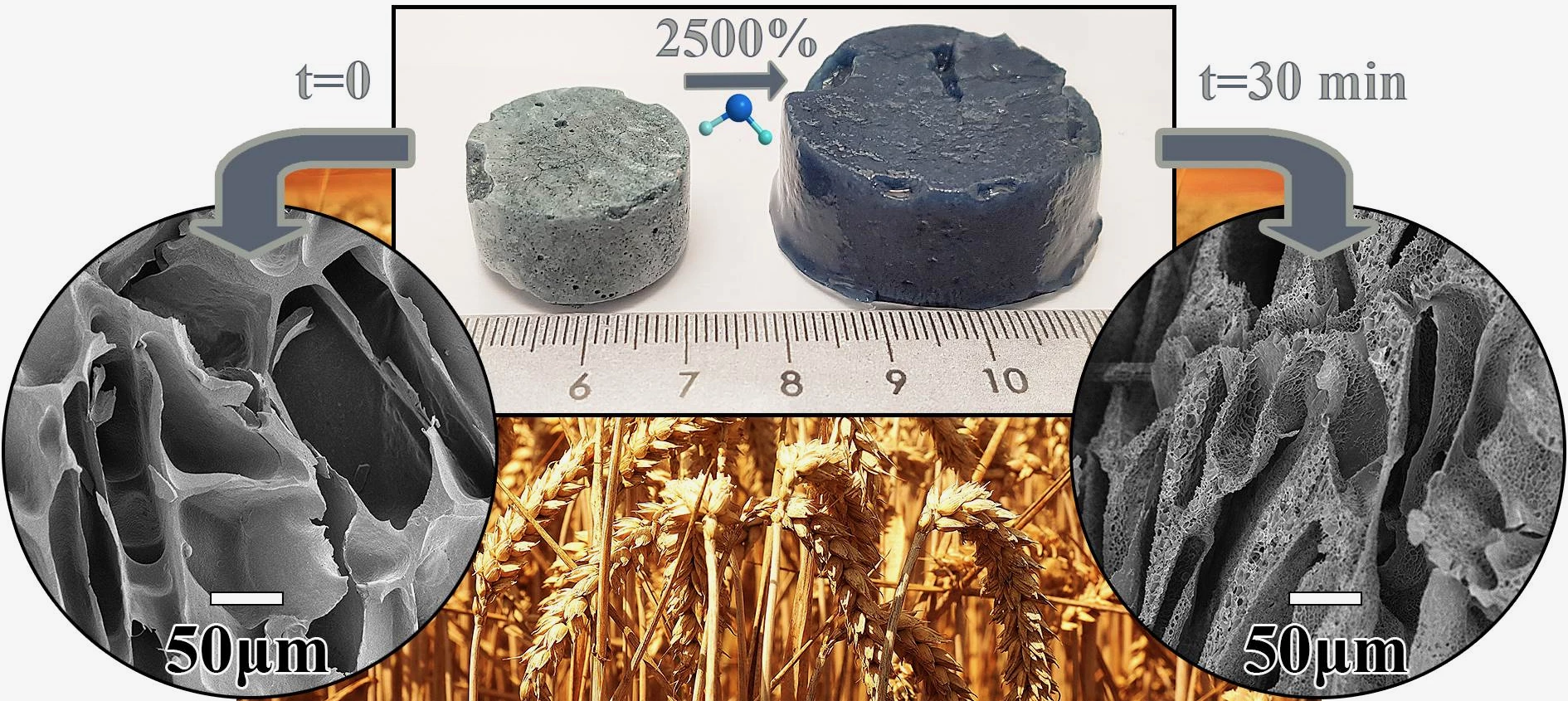Disposable diapers are definitely not eco-friendly, not only because of their plastic outer shell, but also due to their petroleum-based absorbent inner layer. There could soon be a more sustainable alternative to the latter, though, and it's made from wheat gluten.
The main protein of wheat, wheat gluten is known for being highly absorbent. It's a left-over co-product from the production of wheat starch and ethanol – this means the wheat isn't grown solely for gluten production, so the crop can still also serve as a food or fuel source.
For the diaper-layer material, an international team of scientists started by changing the chemistry of natural gluten, enhancing its ability to swell up and absorb liquids by up to 10 times.
In order to give it a more cohesive structure, they also added extracts from the cape jasmine evergreen shrub (gardenia jasminoides). Doing so caused the gluten's molecules to crosslink with one another.

The resulting biopolymer is claimed to swell by up to 4,000 percent in water and 600 percent in saline solution, which is about the same as some other bio-based materials that are not derived from co-products (potentially making them less sustainable). What's more, the scientists believe that by tweaking the formulation of the material, its absorbency could ultimately match that of petroleum-based synthetics.
Down the road, the biopolymer could be utilized not only in diapers, but also in personal hygiene and medical products, and in materials designed for flood water mitigation and rain water retention for agriculture.
A paper on the research – which included scientists from Sweden's KTH Royal Institute of Technology, the SLU Swedish University of Agricultural Sciences, and Japan's Kyoto University – was recently published in the journal Advanced Sustainable Systems.





